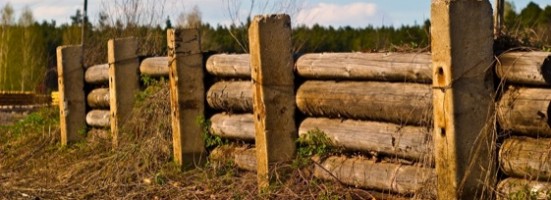5 lessons to grow intelligently

There are so many lessons in this short, hardly known verse. Lessons you can apply in your life, family, work and business affairs.
Let’s learn some.
- Things are where they are because someone placed them there. Someone was here before us. They dedicated their lives for a cause. They made treaties. They conquered in blood what today we give little value to. We found ready what others built. Don’t forget that.
- Not removing landmarks doesn’t mean that you shouldn’t improve or innovate. We are intelligent beings; we want to and should always grow. But we have to be sufficiently intelligent to recognize the good things that don’t need to be changed, but simply maintained and protected.
- Your ancestors placed landmarks in certain places for a reason. When you assume a new position, before you start changing everything, try to understand why things are the way they are. Be humble and try to understand what was behind the decisions made by those who came before you. Having this knowledge, perhaps you can find ways to improve things even more. Or perhaps you can see that if you change that landmark you’ll be travelling back in time.
- Children owe respect and attention to their parents. If you build upon the good that your parents left, you’ll be even better. If you ignore their conquests and teachings, you’ll be a real idiot. Actually, you shouldn’t even have been born.
- Removing old landmarks means invading someone’s rights. Old landmarks used to be sacred. In the Law of Moses, changing landmarks which identified the property line between two people was passable as a curse.* The romans even had a god called Terminus which supposedly guarded these landmarks. All of this to enforce an idea: don’t be unjust with your neighbor. Do not take what is not yours.
Don’t remove old landmarks that your parents placed: growth with respect, justice and intelligence.
No comments:
Post a Comment